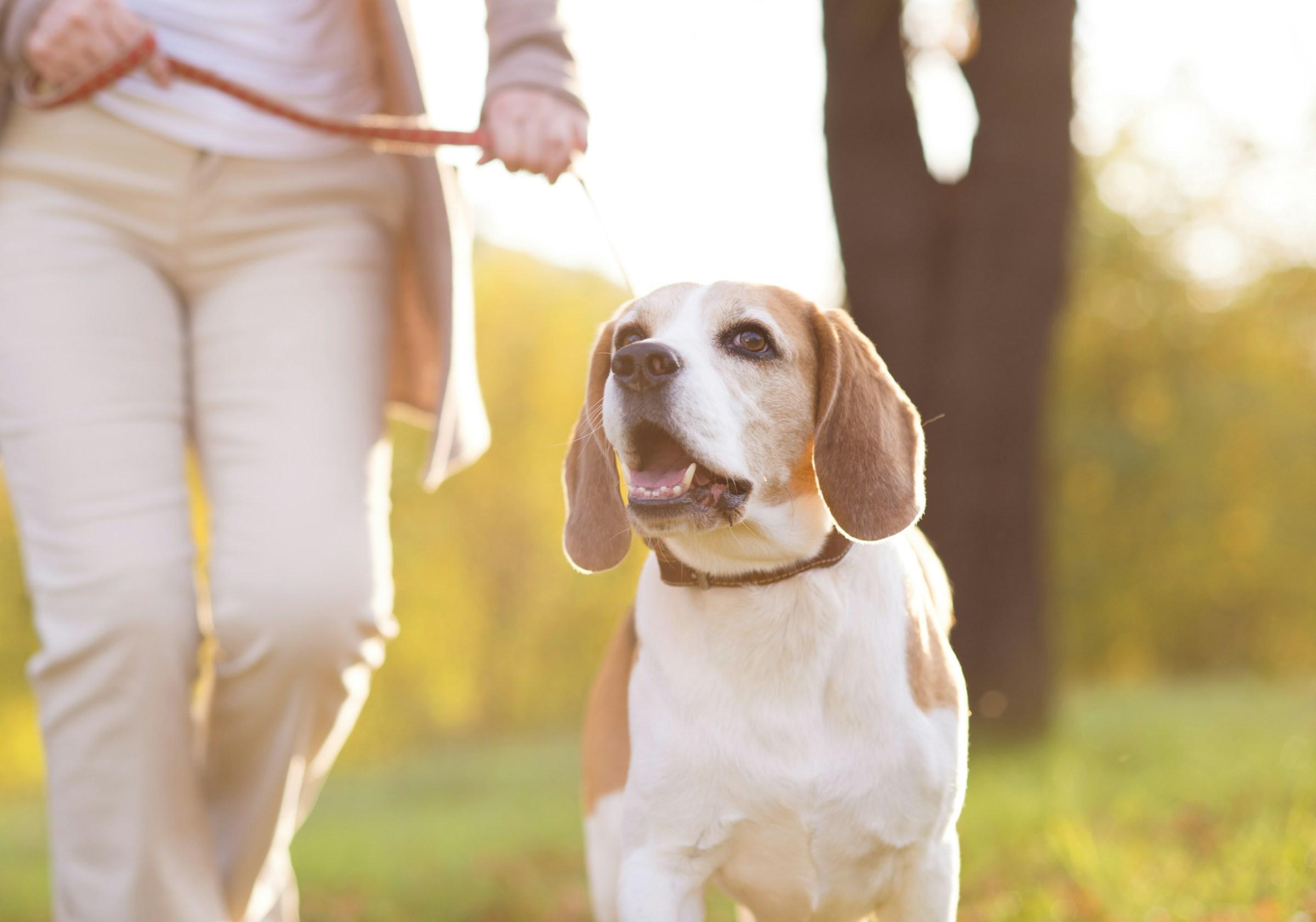We like to believe dogs can read hearts. A stranger steps into the house, the dog leans in or backs away, and we treat that instant judgment like a moral verdict. It is a comforting idea because it turns a complex question into a simple one. If the dog approves, the person must be good. If the dog bristles, the person must be suspect. Yet the truth behind that belief is more interesting than a yes or no. Dogs are not ethicists with tails. They are gifted observers who live inside a world of pattern, scent, rhythm, and touch. What we call moral insight is more often a brilliant fluency in signals that people send without noticing.
The first signal is movement. Humans communicate with words; dogs read bodies as if bodies were books. A dog notices how someone enters a room, whether they slow their step at the threshold, how their shoulders settle, and whether their hands hover above the dog’s head or fall gently to the side to allow a sniff. All of this happens before the first hello. When a person’s movements are steady, deliberate, and congruent with their voice, many dogs feel safe. When the movements are jerky, rushed, or mismatched with a sugary tone, many dogs hesitate. That hesitation is not a moral rejection. It is a rational response to mixed signals.
Tone and tempo matter just as much as posture. Dogs hear not only volume but cadence. A soft voice can soothe, yet a soft voice delivered over a fast, impatient body can confuse. By contrast, a deeper voice that matches a calm stance can reassure. The alignment between sound and motion gives a dog something reliable to predict. Predictability reads as safety. We could call that safety kindness, and in daily life it often overlaps with kindness, but the underlying mechanism is consistency. Dogs thrive on routine. The person who arrives with consistent cues quickly becomes the person the dog trusts.
Scent is the quiet thread that links these social impressions to chemistry. Humans carry invisible signatures of mood and stress. Sweat and breath shift when we are anxious, angry, or relaxed. Dogs live in that weather. Their noses record the rise and fall of stress hormones long before a conversation reveals anything. This is why a dog may position itself between a child and an agitated visitor even when the visitor speaks gently. The outer performance of warmth cannot hide a physiological storm. To a dog, that contrast does not compute. The animal does not accuse the visitor of vice. It simply answers a biological message with space, a turn of the body, or a low warning to slow down.
Learning history adds another layer. Each dog brings experiences that color what it finds safe. A rescue dog that lived around loud arguments may tense at animated banter, even if the people are friendly. A herding breed that is sensitive to motion may guard against quick gestures or sudden reaches. A social Labrador may greet every guest as a potential playmate, which does not make every guest a saint. These responses reveal a dog’s map of the world. They say more about patterns the dog has learned than about the visitor’s character. When we mistake these responses for moral absolutes, we ignore the context that shaped them.
Consider how dogs track the stories of their families. A dog learns the morning routine to the minute. Keys at the door mean a walk. Laptop closing means time for the park. A sigh after a difficult call may bring the dog to your knee before you can name why you are upset. This remarkable attentiveness feels like magic because it operates outside of speech. Yet it rests on memory and association. The dog does not need an ethical theory to respond to your stress. The dog needs only to notice the pattern and choose a behavior that has brought good results before. In that quiet, practical way, the dog practices care.
When people ask whether dogs can sense a good person, they often mean something more urgent. They want to know whether a dog can sense who might do harm. That wish is understandable. In a noisy culture full of performance, we long for a simpler judge. Dogs can sometimes provide early warnings because they tune in to changes in breath, stance, eye focus, and intention. A person who stiffens at a boundary, who ignores a gentle retreat, or who reaches uninvited toward a dog’s face signals a lack of respect. Many dogs notice and respond. We interpret that response as a moral alarm. In practice, it is a boundary, and good boundaries are a form of safety.
Boundaries are one of the most overlooked lessons dogs teach. A dog that moves away from a stranger is not being unfriendly. The dog is making a choice that protects its nervous system. The animal seeks distance to gather more information, to scent from a safer angle, and to test whether the newcomer will respect that space. When the newcomer pauses, kneels, or allows a slower approach, the dog often returns to investigate. Trust becomes a negotiated rhythm rather than a forced outcome. The people who honor that rhythm are not necessarily virtuous in every domain of life, but with the dog they have acted with care, patience, and clarity. The dog does not grade their soul. The dog remembers the feeling.
Online, these dynamics often get flattened into viral verdicts. A video shows a shepherd blocking a doorway when a loud guest storms in, and the caption calls the dog a hero who exposed a bad person. Another clip shows a shy dog melting into the lap of a calm neighbor, and the comments declare that the neighbor must have a pure heart. It is easy to see why these interpretations spread. They make a messy world legible. Yet the same shepherd might block a doorway when an excited child runs too fast, and the same shy dog might flee from a gentle yoga instructor whose movements are simply too quick. Neither example changes the core insight. Dogs are reading coherence. When what they see, hear, and smell lines up, they tend to relax. When the signals clash, they brace.
This attention to coherence helps explain why dogs can seem so decisive. For humans, social life is full of hedging. We weigh words, read subtext, and manage impressions. Dogs watch the feet. They feel the air. They ask whether the next second makes sense. Out of that question comes a choice. Move closer. Hold ground. Step away. In fifteen seconds a dog will commit to a course of action that many people would agonize over for days. The certainty is not mystical. It grows from a habit of trusting the body’s data and treating that data as enough to act.
If we took dogs seriously as teachers, we would borrow a few of their habits. We would reward consistency more than charisma. We would slow our approach to a new relationship and let the other being set the first distance. We would match our voice to our intention and our touch to our words. We would accept that boundaries create trust rather than ruin it. A person who respects a dog’s pace is very likely to respect a child’s pace, an elder’s pace, or a colleague’s pace. That is not a guarantee of goodness, but it is a reliable signal of care.
There are, of course, contradictions that do not fit easy slogans. Some dogs adore the friend who shouts at the football match because the friend moves with loose shoulders and laughs with their whole face. Some dogs distrust the guest who coos in a sugary tone while reaching too fast and holding too tight. These are not errors in a dog’s moral radar. They are demonstrations of the true axis at work. Dogs are not judging people on abstract virtue. They are asking whether the signals add up and whether the interaction can settle into a comfortable tempo.
A final caution is worth naming. Turning a dog into an approval machine can place pressure on both the pet and the people around it. When a family announces that their dog only likes good people, they may ignore cues that the dog is anxious or overwhelmed in ways that have nothing to do with the visitor. A scared dog should not be forced to greet anyone for the sake of a social test. A reluctant dog should have the right to leave the room. Respecting those needs is part of being the kind of person a dog can trust. The dog’s comfort is not a performance for our friends. It is a responsibility we take on when we share a home with an animal who cannot explain itself in words.
So can dogs sense a good person. They can sense congruence. They can sense care practiced as pace and touch. They can sense respect in the way someone waits for a sniff, bends knees rather than looming, and keeps their hands low until invited closer. They can sense tension and confusion before any of us can explain it. They memorize who turns attention into ease and who turns it into pressure. In a world where polish is easy to fake, dogs keep pointing us back to what is hard to fake. Breathing that matches the moment. Movements that align with words. Boundaries that hold steady without apology.
The answer we get, then, is softer than the one we wanted. Dogs do not read goodness as a courtroom judge would. They read presence. When our outer signals match our inner state, many dogs relax and come forward. When they do not, many dogs step back. That truth becomes a mirror for us as well. If we hope to be the kind of people dogs trust, we must earn it through practice rather than posture. We must let our actions meet our tone and let our tone match our intention. In that alignment, many dogs find safety. In that safety, we find a clearer way to meet one another, with less performance and more real care.







.jpg&w=3840&q=75)






.jpg&w=3840&q=75)